If you’ve ever wondered why your feline friend rubs against furniture or scratches certain areas repeatedly, you’re not alone. Cats are mysterious creatures, and their behavior can be both fascinating and perplexing. One intriguing behavior that often puzzles cat owners is scent marking. This natural feline behavior serves several purposes and is an integral part of a cat’s communication toolkit. Understanding why and how cats scent mark can deepen the bond between you and your furry companion. Let’s dive into the world of cat scent marking and unravel the secrets behind this captivating feline behavior.
What is Cat Scent Marking?
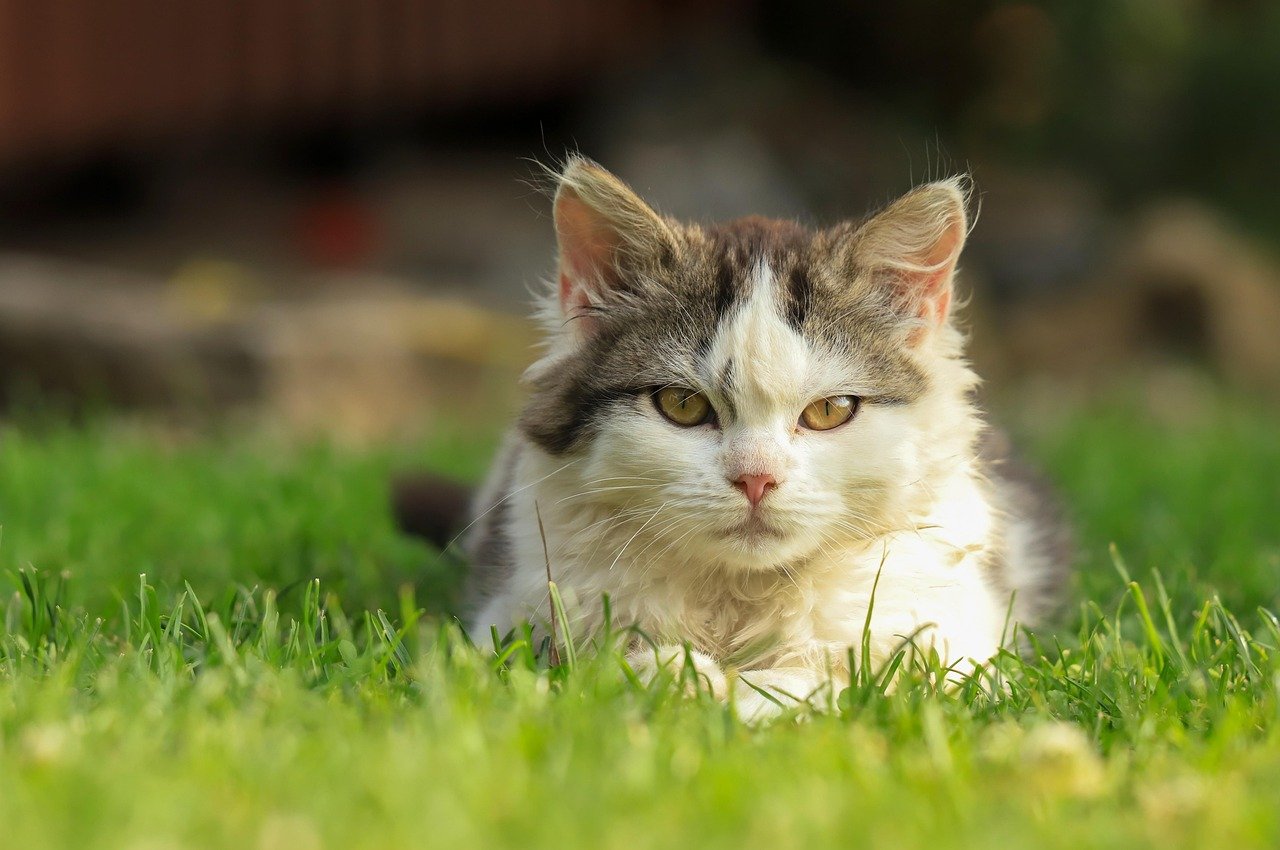
Scent marking is a way for cats to communicate with each other and establish their territory. Unlike humans, who rely heavily on verbal communication, cats use scents as a primary form of interaction. Through scent marking, cats leave behind chemical messages that can convey a multitude of information about their identity, mood, and territory. This behavior is deeply ingrained in their instincts and is as natural to them as purring or grooming. Just as we might use words to express ourselves, cats use scent to share their world with others.
The Role of Pheromones in Cat Communication
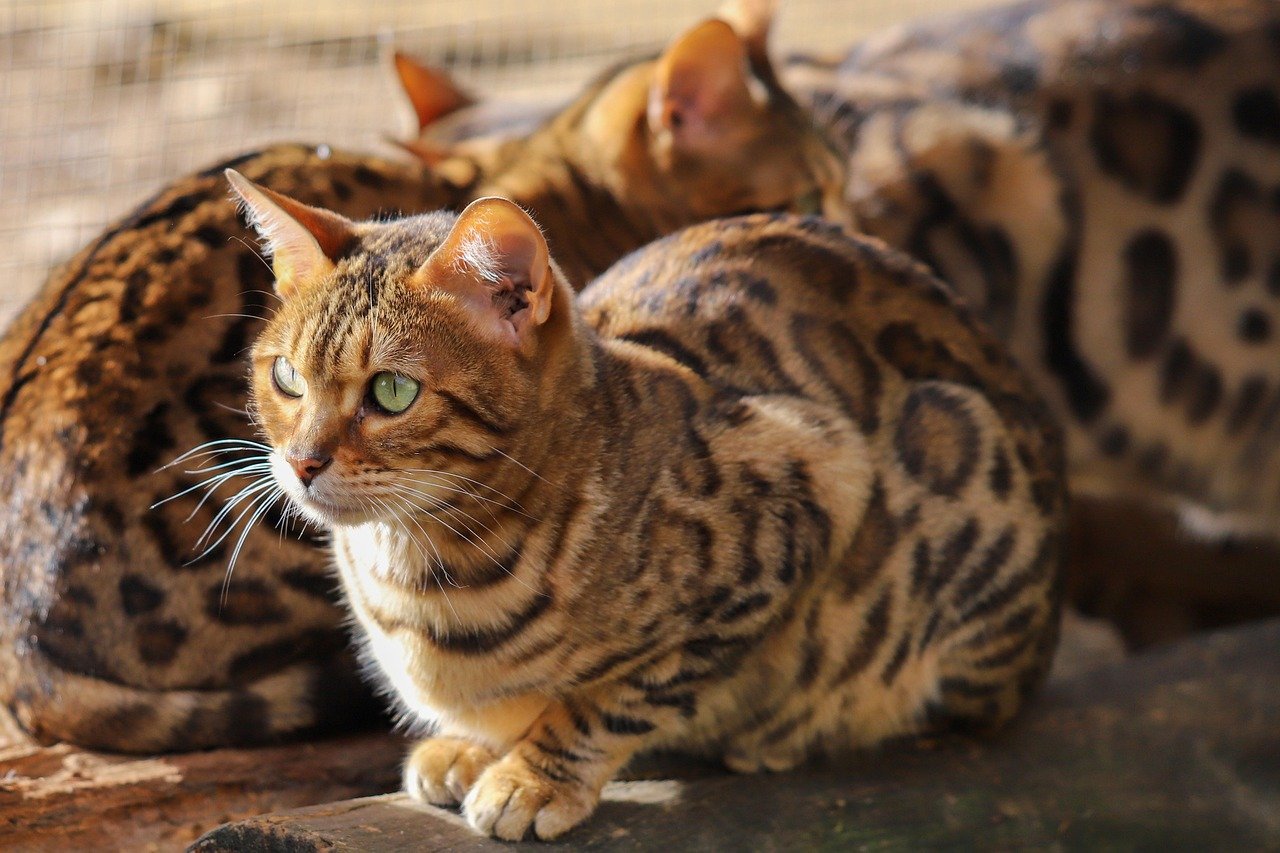
Pheromones are chemical substances produced and released into the environment by animals, including cats, affecting the behavior or physiology of others of their species. Cats have various glands around their bodies that secrete pheromones, which they use to mark their territory. For example, when a cat rubs its face against an object, it is depositing pheromones from its cheek glands. These pheromones can signal to other cats that the area is claimed or serve as a comforting scent for the cat itself. Pheromones play a crucial role in the social interactions of cats and help them navigate their environment with confidence.
Why Do Cats Mark Their Territory?
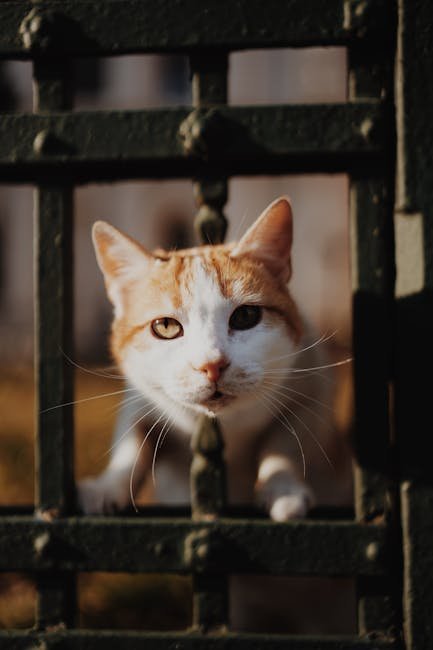
Territorial marking is an instinctive behavior for cats. In the wild, establishing a territory is essential for survival, as it secures resources such as food and shelter. Even though domestic cats don’t face the same survival challenges, their instincts remain intact. By marking their territory, cats communicate to other felines that a particular space is already claimed. This behavior helps prevent conflicts and ensures that each cat has its own safe haven. It’s similar to humans placing a “Do Not Disturb” sign on their door, signaling their need for privacy and security.
Common Methods of Scent Marking in Cats
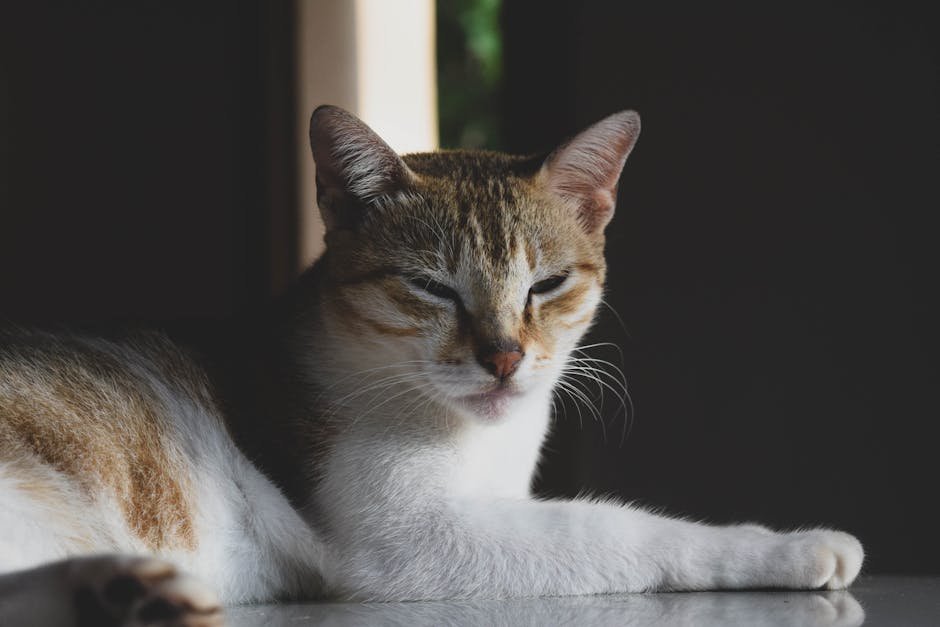
Cats have several ways to mark their territory, each serving a unique purpose. One of the most common methods is through rubbing. When a cat rubs its body against objects, it’s depositing pheromones from glands located around its face and body. Scratching is another method, where cats leave both visual and scent markers. The act of scratching not only sharpens their claws but also leaves behind scent from glands in their paws. Lastly, spraying urine is a more assertive form of marking, often used by unneutered males. Each method of scent marking serves to reinforce a cat’s presence and communicate with other cats in the area.
Understanding Cat Body Language in Scent Marking
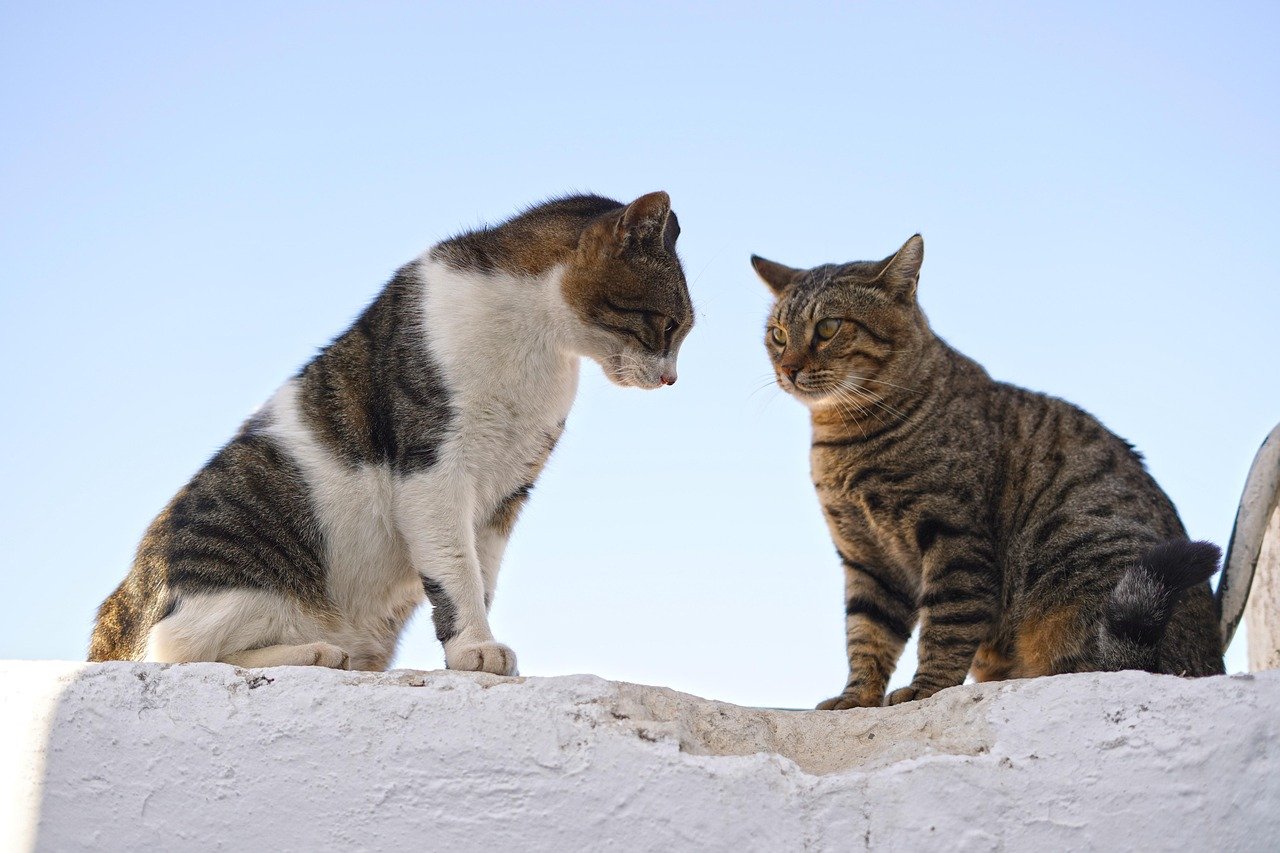
Observing a cat’s body language can provide valuable insights into their scent marking behavior. When a cat rubs against an object, its body language is typically relaxed and content. You might notice them purring or gently kneading as they mark their territory. Scratching, on the other hand, can be a more vigorous activity, often accompanied by stretching or playful behavior. If a cat is spraying, they may back up to a vertical surface with a raised tail, sometimes twitching the tip. Understanding these cues can help you determine whether your cat is marking for comfort, communication, or other reasons.
Why Some Cats Mark More Than Others
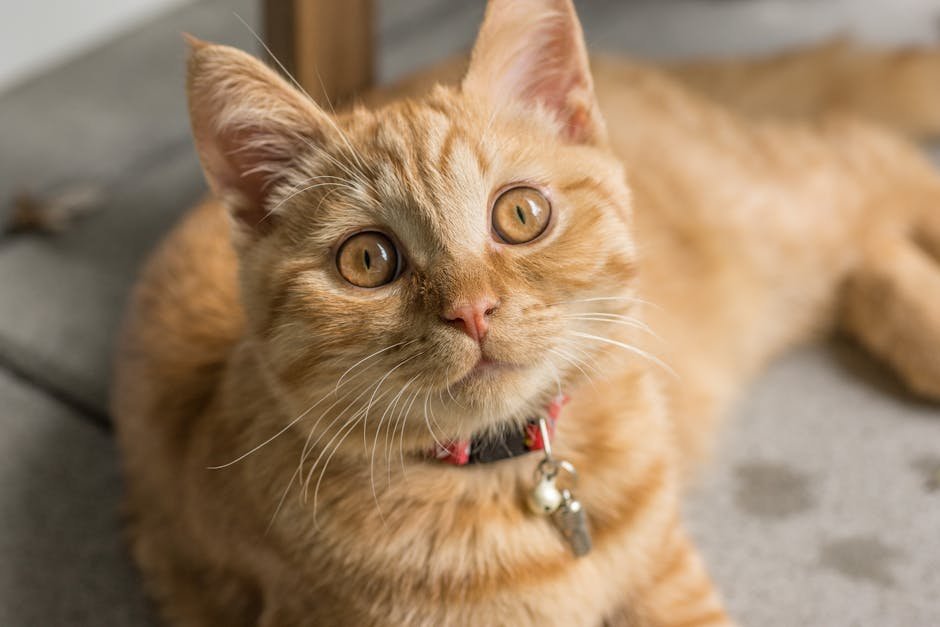
Not all cats are equal when it comes to scent marking. Several factors can influence how often a cat marks its territory. Some breeds are more territorial and prone to marking, while others are more laid-back. The environment also plays a role; a multi-cat household may see more marking behavior as cats negotiate their space. Additionally, unneutered cats, especially males, are more likely to spray as part of their mating behavior. Understanding these factors can help cat owners address any marking issues and provide a more harmonious living environment for their feline friends.
Preventing Unwanted Scent Marking in the Home
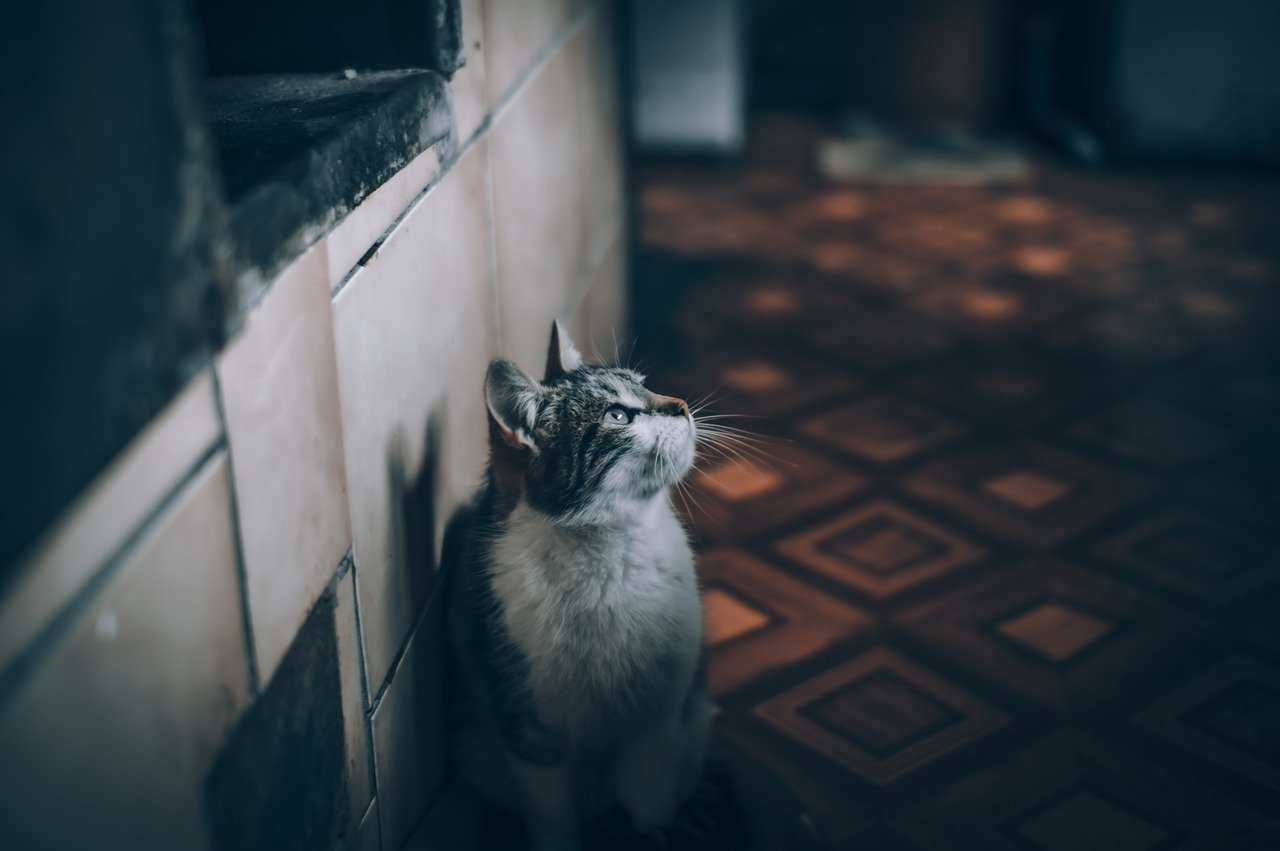
While scent marking is a natural behavior, it can sometimes become a challenge for cat owners, especially when it involves spraying. There are several strategies to prevent unwanted marking in the home. Ensuring your cat is spayed or neutered can significantly reduce spraying behavior. Providing ample resources, such as scratching posts and safe spaces, can also help. Additionally, using pheromone diffusers can create a calming environment that reduces the need for territorial marking. By understanding your cat’s needs and addressing any stressors, you can minimize unwanted scent marking and maintain a peaceful home.
How to Clean and Neutralize Cat Scent Marks
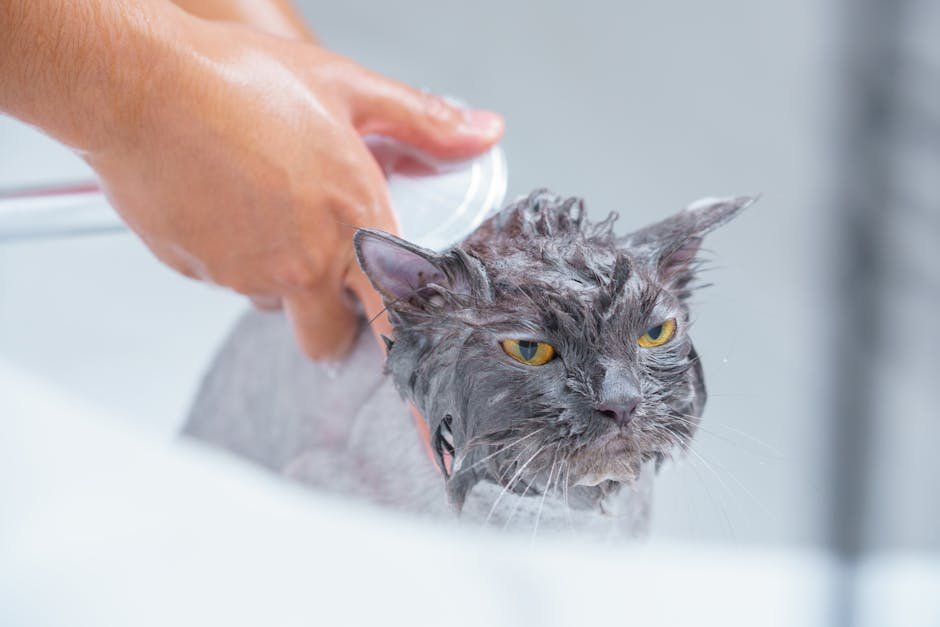
If your cat has marked an area in the home, it’s important to clean and neutralize the scent thoroughly. Cats have a keen sense of smell, and if the scent remains, they may be tempted to mark the same spot again. Using enzymatic cleaners specifically designed for pet odors can effectively break down the proteins in urine and other scent marks. Avoid using ammonia-based cleaners, as they can mimic the scent of urine and encourage further marking. By cleaning thoroughly and removing any lingering odors, you can discourage repeat marking behavior.
Conclusion
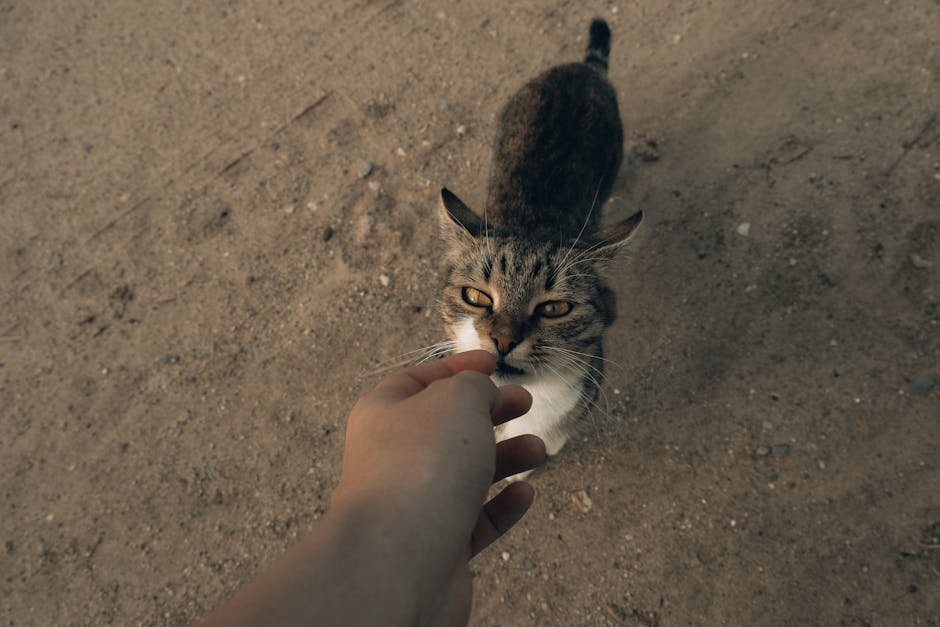
Cat scent marking is a fascinating behavior that reveals much about the world of our feline companions. By understanding the reasons behind scent marking and recognizing the methods cats use, we can better appreciate their natural instincts. While scent marking can sometimes pose challenges, with patience and understanding, cat owners can create a harmonious environment where both humans and cats thrive. Whether it’s through rubbing, scratching, or spraying, scent marking is an integral part of a cat’s communication repertoire, offering us a glimpse into their mysterious and captivating world.

Linnea is a born and bred Swede but spends as much time as possible in Cape Town, South Africa. This is mainly due to Cape Town’s extraordinary scenery, wildlife, and atmosphere (in other words, because Cape Town is heaven on earth.) That being said, Sweden’s majestic forests forever hold a special place in her heart. Linnea spends as much time as she can close to the ocean collecting sea shells or in the park admiring puppies.






